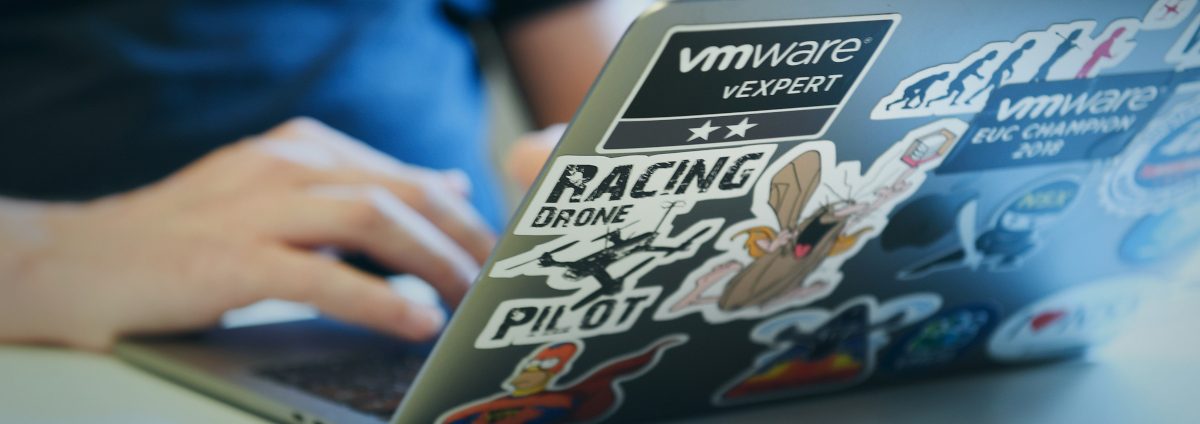Today’s drone technology promises a bumper crop of rich data for farmers, ecologists, ranchers and scientists
Advances in drone technology are literally soaring, and the agriculture and sustainability sectors are poised to benefit. Shedding their battlefield and pizza delivery reputations, drones are taking off as precise collectors of valuable information that can be used to squelch pest infestations or save a species.
More nimble and cheaper to operate than an airplane or helicopter, these scaled-down flying machines have the potential to create Ag. 2.0.
The U.S.-based Association for Unmanned Vehicle Systems International predicts that agricultural uses will eventually account for 80 per cent of the commercial market for drones.
“I see drones becoming the cell phone of agriculture,” says Dr. Ernest Earon, president and co-founder of PrecisionHawk, a Canada-U.S. company whose Lancaster drone operates autonomously via artificial intelligence. “What we’re doing is providing technology for farmers to make better decisions.”
Dr. Earon, who graduated with a PhD from the University of Toronto’s Institute for Aerospace Studies, specialized in using robotics for planetary exploration.
For the past decade, he’s been developing intelligent vehicles with remote sensing capabilities. His Lancaster drone creates its own flight path based on surrounding conditions. The drone is launched by throwing it into the air. It lands after the requested data is collected. If conditions are bad, such as high winds or an overheating motor, it returns.
Farmers are particularly hungry for the information that Lancaster collects, Dr. Earon says. In a world of climate volatility, increasing input costs and a rapidly growing world population, drone data can potentially boost agriculture yields.
To find out how the corn crop is doing, for example, a farmer has to walk the land. That could be a lot of legwork.

